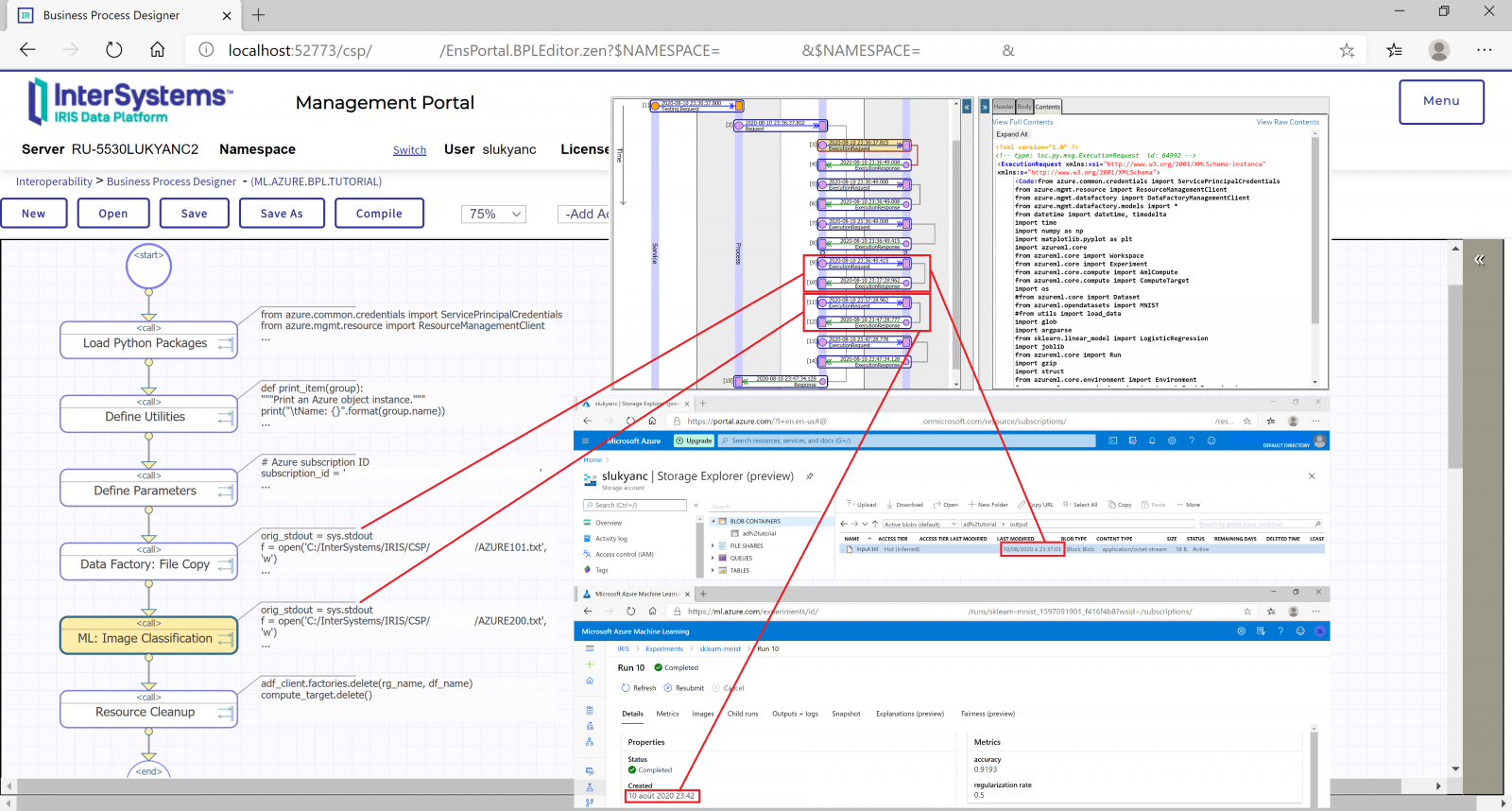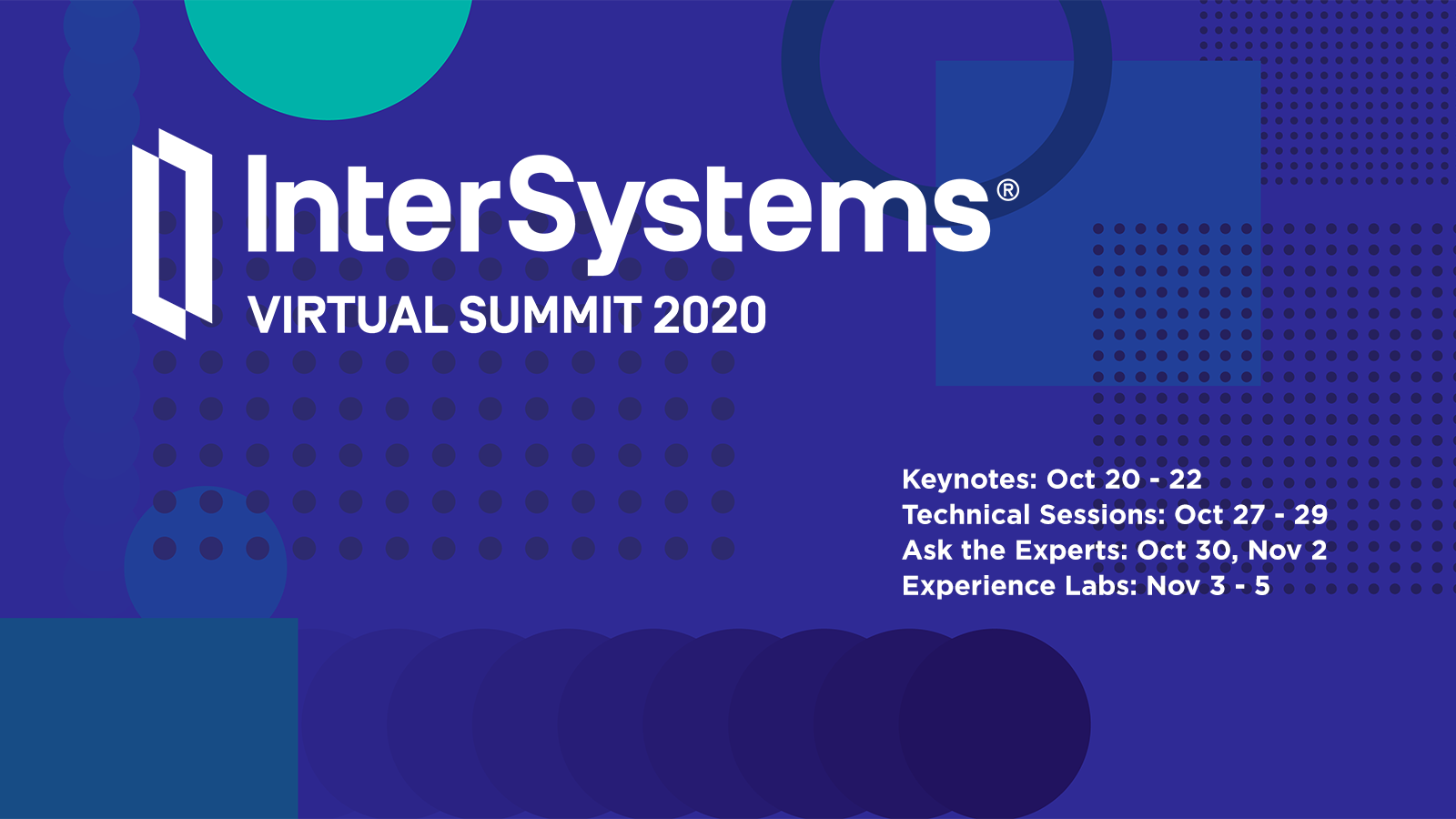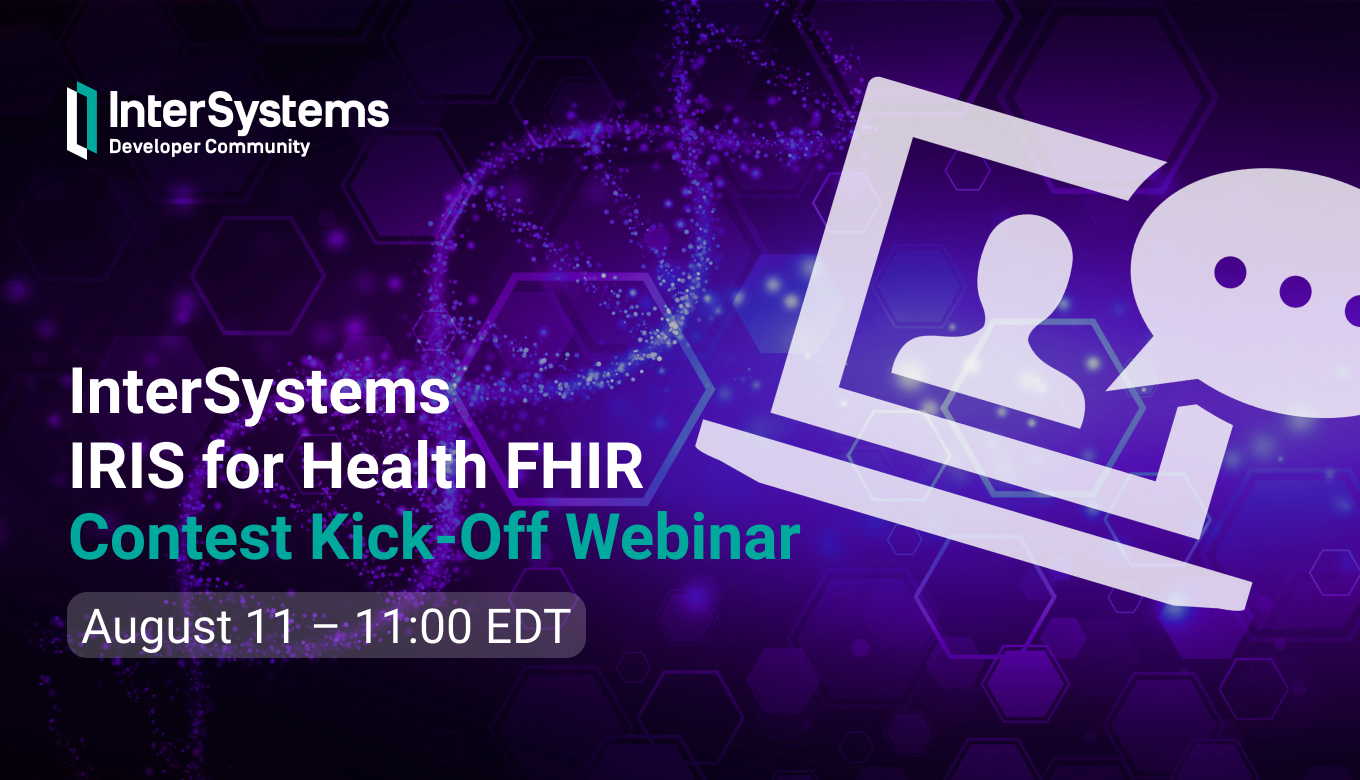Hey Developers!
InterSystems IRIS for Health™ includes several features that aid in healthcare interoperability including routing, support for standard data formats such as HL7v2, FHIR, CDA, a data transformation user interface, and easy integration with other systems such as for terminology services.
Enjoy watching the new video on InterSystems Developers YouTube for more:
⏯ Interoperability for Health Overview
https://www.youtube.com/embed/FIf-bhMcaqU
[This is an embedded link, but you cannot view embedded content directly on the site because you have declined the cookies necessary to access it. To view embedded content, you would need to accept all cookies in your Cookies Settings]


.png)

